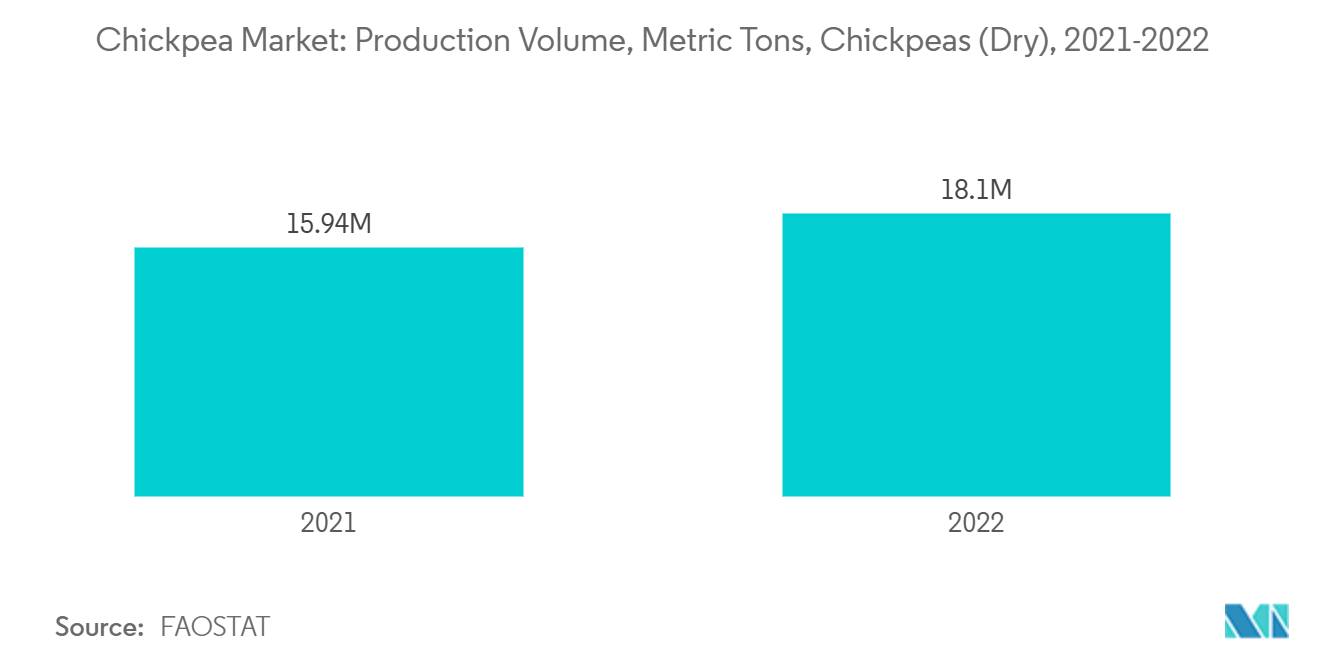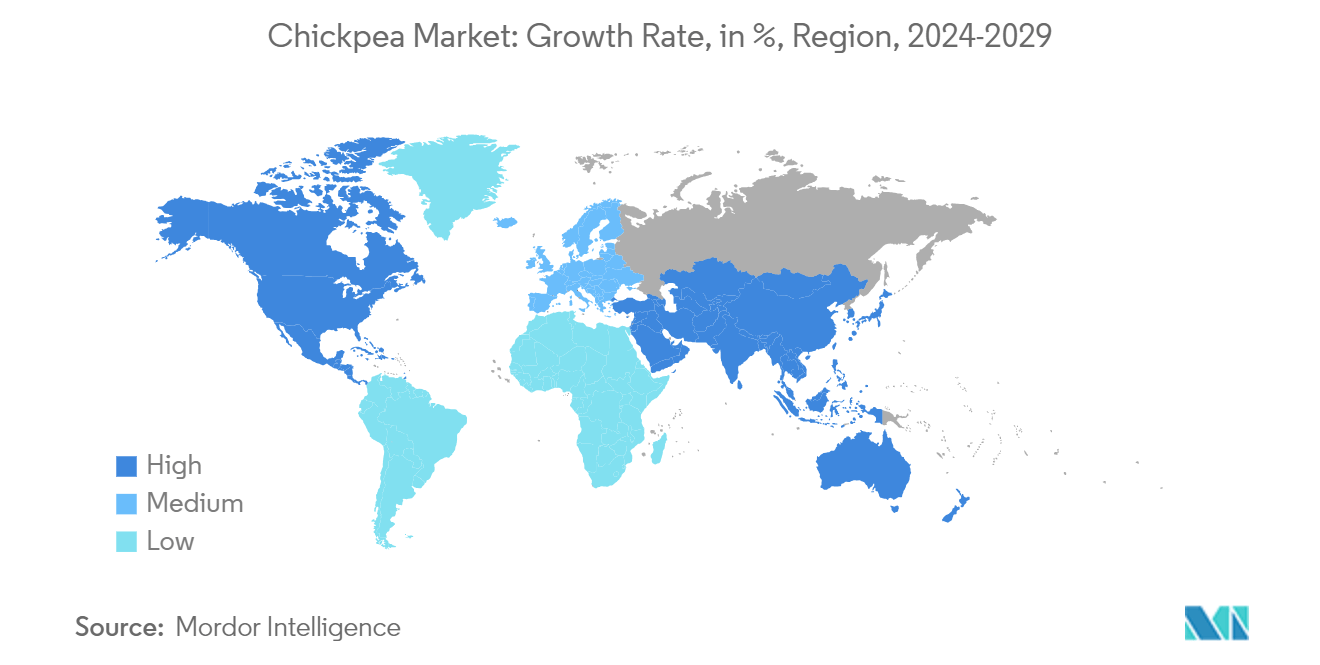Market Trends of Chickpea Industry
Increasing Production Due to Health Benefits
In recent years, the global chickpea market has witnessed robust growth, driven by heightened awareness of the legume's myriad health benefits. This surge in demand has led to increased production, especially in regions such as South Asia, the Middle East, and parts of the Mediterranean.
Chickpeas stand out as a potent source of plant-based protein, dietary fiber, vitamins, and minerals, making them a favored choice among health-conscious consumers. They boast essential nutrients, including iron, magnesium, potassium, and vitamin B6. Their abundant protein and fiber content bolster weight management, digestive health, and overall metabolic function. Additionally, the fiber in chickpeas aids in lowering cholesterol levels, thereby enhancing cardiovascular health. Regularly incorporating chickpeas into one's diet can mitigate the risks of heart disease and hypertension.
With a global pivot towards plant-based diets, chickpeas have emerged as a sought-after, protein-rich meat alternative. This trend resonates strongly within vegan and vegetarian circles, where there's a marked uptick in chickpea-based product consumption. For instance, FAOSTAT data reveals a jump in global dry chickpea production from 15,937,558 metric tons in 2021 to 18,095,248 metric tons in 2022, to cater to the increasing demand. Furthermore, chickpeas' low glycemic index aids in blood sugar regulation, making them a prime choice for diabetics and those monitoring their blood sugar. These pronounced health benefits have spurred chickpea production.

Asia-Pacific Dominates the Market
The Asia-Pacific region stands at the forefront of the global chickpea market, showcasing robust production, consumption, and export activities. This leadership is primarily attributed to the pivotal role chickpeas play in the diets and agricultural practices of nations like India and Australia. As the global appetite for plant-based proteins surges, Asia-Pacific nations are expected to ramp up production to satisfy both local and international demands.
India dominates the global chickpea landscape, accounting for over 70% of the world's production. Chickpeas, integral to Indian cuisine, feature prominently in traditional dishes such as curries, dals, and various snacks. This high domestic consumption is largely driven by India's substantial vegetarian populace, which depends on chickpeas for essential protein and dietary fiber. Additionally, India's conducive climate and well-established agricultural infrastructure bolster its production capabilities.
Australia has carved out a notable position in the Asia-Pacific chickpea arena, especially in the export domain. For instance, as per ITC Trade Map, Australia exported dried chickpeas valued at USD 395 million in 2022 which increased and reached USD 452 million in 2023. The nation's arid climate is ideal for chickpea farming, and Australian farmers are increasingly integrating chickpeas into their crop rotation practices.
The Asia-Pacific's geographical closeness to the Middle East, where chickpeas hold dietary significance, further cements its leading position. Middle Eastern nations heavily rely on imports from India and Australia, ensuring sustained demand. With its strategic location, strong agricultural framework, and a commitment to sustainable farming, the Asia-Pacific is poised to harness the global chickpea market's future growth.


